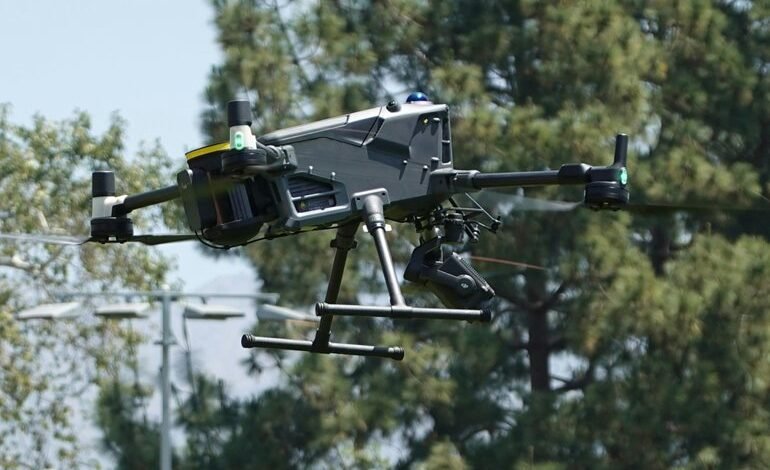Caller Integrity Surveillance Compliance Security Branch 3509936914 3896441060 3459762014 3272080296 3895577396 3516020747

The Caller Integrity Surveillance Compliance Security Branch plays a critical role in protecting communication systems through effective caller verification and security measures. Its responsibilities encompass the prevention of fraudulent activities and the safeguarding of sensitive information. As organizations navigate increasingly complex security landscapes, the branch’s strategies for data monitoring and risk management are essential. The implications of these practices extend beyond immediate security concerns, hinting at a transformative future for compliance in communication systems.
Overview of the Caller Integrity Surveillance Compliance Security Branch
The Caller Integrity Surveillance Compliance Security Branch serves as a critical component in ensuring the integrity of communication systems within organizations.
It employs advanced surveillance technology to facilitate caller verification processes, thereby safeguarding against fraudulent activities.
This branch plays an essential role in maintaining trust in communication channels, ensuring that individuals and entities can engage freely and securely without the threat of deception or unauthorized access.
Key Functions and Responsibilities
Ensuring robust security measures, the Caller Integrity Surveillance Compliance Security Branch undertakes several key functions and responsibilities integral to its mission.
These include implementing caller verification processes to authenticate identities and enhance security protocols, as well as conducting data monitoring to detect anomalies and prevent unauthorized access.
Through these efforts, the branch fosters a secure environment while promoting organizational integrity and accountability.
Impact on Organizational Security
While maintaining a secure communication environment is paramount, the impact of Caller Integrity Surveillance Compliance on organizational security extends beyond mere verification processes.
It enhances data protection by ensuring that sensitive information remains confidential and secure.
Furthermore, it plays a crucial role in risk management, identifying potential vulnerabilities and mitigating threats, thereby fostering a resilient infrastructure that upholds organizational integrity and trustworthiness.
Future Trends in Compliance and Surveillance
As organizations increasingly rely on advanced technologies, the future of compliance and surveillance is set to evolve significantly.
Compliance automation will streamline regulatory processes, enhancing efficiency and accuracy.
Concurrently, surveillance technologies will advance, incorporating artificial intelligence to improve monitoring capabilities.
These trends promise not only to fortify organizational integrity but also to safeguard individual freedoms by ensuring responsible oversight and accountability.
Conclusion
In conclusion, the Caller Integrity Surveillance Compliance Security Branch significantly fortifies organizational frameworks through its steadfast focus on security and surveillance. By diligently developing dynamic protocols and pioneering practices, it not only protects sensitive information but also promotes public confidence in communication systems. As the landscape of threats evolves, the branch’s proactive approach and potential advancements in artificial intelligence promise to further enhance its efforts, ensuring a safer and more secure future for all stakeholders involved.





